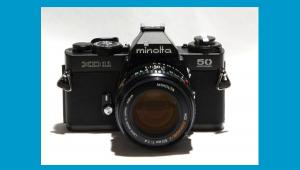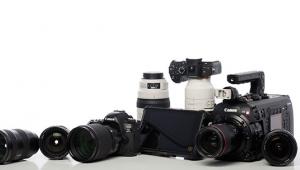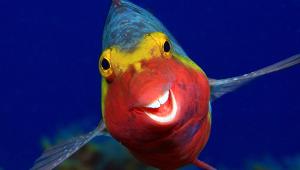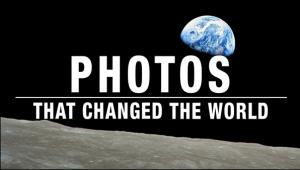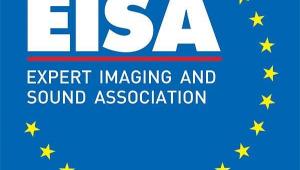Amazing Microscopic Honey Bee Eye Image Wins 2015 Nikon Small World Top Prize

Nikon brings the world eye-to-eye with a honey bee, awarding first place of its annual Nikon Small World Photomicrography Competition to Australian Ralph Grimm for his close-up image of a bee eye covered in dandelion pollen. Grimm’s winning image is visually striking and brings to light just how little is understood about how these insects see the world.
Nikon recognized over 77 other winners of the 2015 Small World competition. Submissions included 83 countries and the judges selected winners that displayed not only artistic quality but exceptional scientific technique.
Judges were impressed by the masterful technique Grimm employed to capture this image stack, which included over four hours of careful work to mount the eye, set the focus increments, properly illuminate the subject and avoid peripheral smudging during the stacking process. The resulting image is a testament to Grimm’s painstaking efforts.
The story behind the image is also touching. As a high school teacher, self-taught photomicrographer (and former beekeeper), the subject matter is dear to Grimm’s heart. While bee colonies continue to dwindle worldwide, Grimm hopes his image can serve as a voice for this rapidly disappearing insect that plays such a critical function in pollinating the world’s crops.
Top images from the 2015 Nikon Small World Competition will be exhibited in a full-color calendar and through a national museum tour. For the first time, Nikon will also unveil the winners of its sister competition, Nikon Small World in Motion, in December 2015. Celebrating the best of scienc/art under the microscope in the form of video, the 2015 Small World in Motion winners will be revealed on December 2, 2015 here.
Top 10 Winners & Honorable Mentions:

1st Place: Ralph Claus Grimm, Jimboomba, Queensland, Australia
Eye of a honey bee (Apis mellifera) covered in dandelion pollen (120x), reflected light

2nd Place: Kristen Earle, Gabriel Billings, KC Huang & Justin Sonnenburg, Stanford University School of Medicine, Department of Microbiology and Immunology, Stanford, California, USA, Mouse colon colonized with human microbiota (63x), Confocal

3rd Place: Dr. Igor Siwanowicz, Hughes Medical Institute (HHMI), Janelia Farm Research Campus, Leonardo Lab, Intake of a humped bladderwort (Utricularia gibba), a freshwater carnivorous plant (100x), Confocal

4th Place: Daniel H. Miller & Ethan S. Sokol, Whitehead Institute for Biomedical Research, Massachusetts Institute of Technology, Department of Biology, Cambridge, Massachusetts, USA, Lab-grown human mammary gland organoid (100x), Confocal
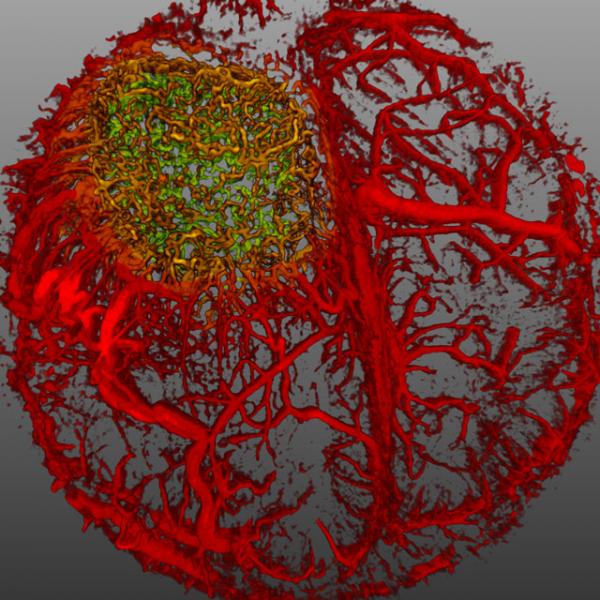
5th Place: Dr. Giorgio Seano & Dr. Rakesh K. Jain, Harvard Medical School, Massachusetts General Hospital, Edwin L. Steele Laboratory for Tumor Biology, Boston, Massachusetts, USA, Live imaging of perfused vasculature in a mouse brain with glioblastoma, Optical Frequency Domain Imaging System

6th Place: Henri Koskinen, Helsinki, Finland, Spore capsule of a moss (Bryum sp.), reflected light

7th Place: Evan Darling, Memorial Sloan Kettering Cancer Center, New York, New York, USA, Starfish imaged using confocal microscopy (10x), Confocal

8th Place: Dr. Tomoko Yamazaki, National Institutes of Health (NIH), Bethesda, Maryland, USA, Nerves and blood vessels in a mouse ear skin (10x), Confocal

9th Place: Dr. Nathanael Prunet, California Institute of Technology and Dartmouth College, Department of Biology, Pasadena, California, USA, Young buds of Arabidopsis (a flowering plant) (40x), Confocal

10th Place: Ian Gardiner, Calgary, Alberta, Canada, Clam shrimp (Cyzicus mexicanus), live specimen (25x), Darkfield, Focus Stacking
Honorable Mentions:

Jace Artichoker, Rochester Institute of Technology (RIT), Rochester, New York, USA, Mouse embryo, 10.5 days old (11x), Confocal

Norm Barker: Johns Hopkins School of Medicine, Department of Pathology, Baltimore, Maryland, USA, Red fossil coral slab (20x), reflected light

Dr. Michael J. Boyle, Smithsonian Marine Station, Life Histories Department, Fort Pierce, Florida, USA, Peanut worm (Sipuncula) trochophore larva, 3 days old (yellow: cilia; cyan: DNA; red: serotonin in the nervous system) (40x), Confocal

Michael Crutchley, Pembrokeshire, Wales, United Kingdom, Adult marine worm (Autolytus) (30x), Macroscopy

Dr. Reto Paul Fiolka, UT Southwestern Medical Center, Department of Cell Biology Dallas, Texas, USA. Mitochondria in a live HeLa cancer cell (63x); 3D Structured Illumination Microscopy
Nikon Small World Photomicrography Competition
The Nikon Small World Photomicrography Competition is open to anyone with an interest in photography. Participants may submit their images in traditional 35mm format, or upload digital images directly at www.nikonsmallworld.com. For additional information, contact Nikon Small World, Nikon Instruments Inc., 1300 Walt Whitman Road, Melville, NY 11747, or phone (631) 547-8569. Entry forms for Nikon’s 2016 Small World Competition may also be downloaded here.
More info on the Nikon Small World Photomicrography Competition winners here.


